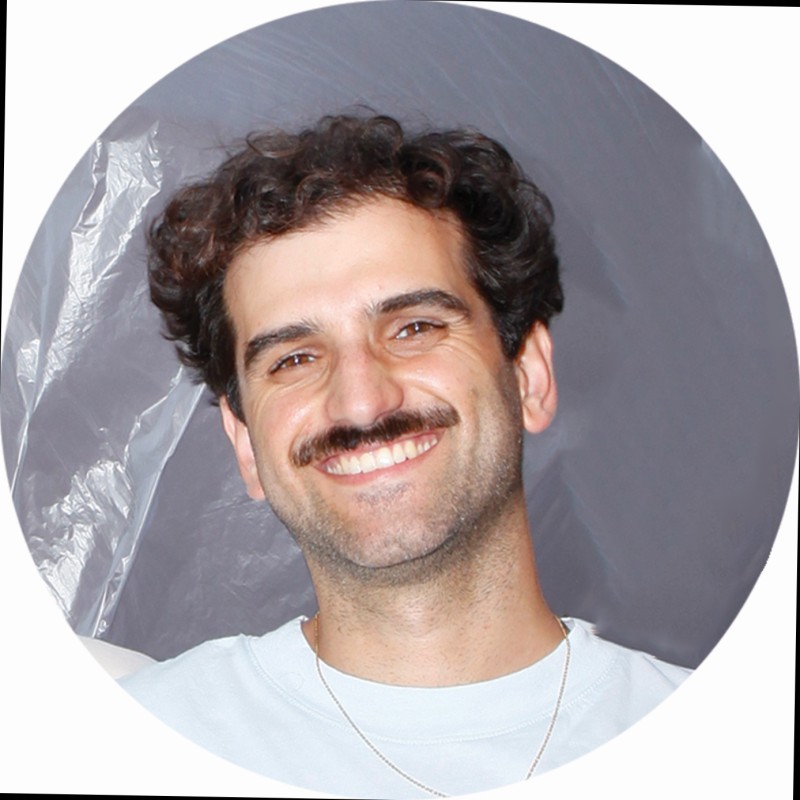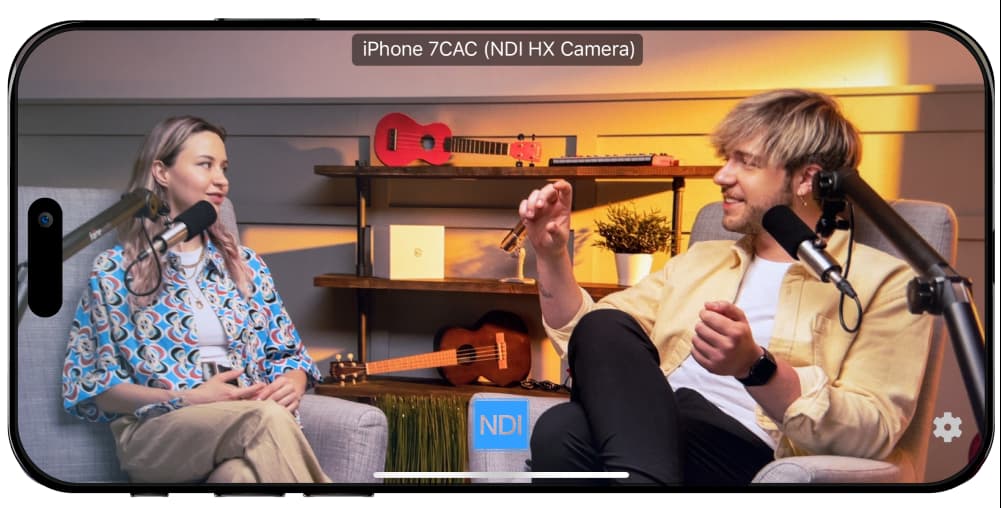Z CAM has been developing film cameras since 2015, but after being used to shoot one of the biggest Hollywood franchises ever, the hype surrounding these versatile and attractively priced cameras is bigger than ever. The integration of NDI HX3 to the new E2N camera adds an upgraded layer of connectivity to the already feature-packed E2 series. It was also the perfect opportunity to sit down with Kinson Loo, CEO of Z CAM, and talk about the value of IP connectivity, the evolution of the E2 line, and the future of Z CAM.

Let’s begin with a quick introduction to Z CAM and the E2 line of cameras.
We started Z CAM in 2015, with the first model being the Z CAM E1. At the time, it was – and I believe it still is – the world’s smallest interchangeable MFT lens 4K camera. We continued to develop other cameras, and in 2018, we launched the E2 series, which quickly became our flagship line. The E2 cinema cameras offer many features today, from MFT (micro four-thirds) to Super 35 to full frame 6K60. Our cameras have been widely used and adopted by several major productions worldwide. It’s a tiny and versatile form factor, and people love it; many applications exist for them. It won’t be a surprise to catch a Z CAM camera in a football stadium or being used to shoot a very famous documentary. We are very proud of our camera size and our image quality.
What made you decide to integrate NDI into the E2 line?
We have to thank our customers: they love our E2 cameras. The size, the form factor, how versatile it is, and their image quality. But they’ve been asking about NDI ever since the E2 series started succeeding. I got asked more than a thousand times, for sure. Because of it, we became more aware of the NDI Ecosystem. We met with the NDI team at different conferences and realized that NDI is a growing trend. Markets are demanding it, and we wanted to harness the opportunity to join this platform while demand is growing.
The result, Z CAM E2N, is the continuation of the success story of our E2 line. The N, of course, stands for NDI. It’s our first NDI Certified camera, and I hope it’s the first of many.
Walk us through developing E2N and integrating NDI into your product.
The integration of NDI functionalities is not too difficult. Thanks to the SDK, our engineers could work it out in a short period. We spent more time optimizing and ensuring we complied with the requirements for NDI certification. We were excited when we finally got the camera to work; we believe this is the first NDI Certified camera equipped with an MFT mount. The beauty of MFT, being an open alliance, is that it enables users to choose the lenses they need from a wide variety, from manual to autofocus and different zoom lenses. Apart from the MFT mount, we have equipped E2N with a 4/3″ CMOS sensor, which has excellent light sensitivity and is probably among the largest sensors in the NDI-enabled ecosystem. So, we are also hoping that new customers will start using NDI through Z CAM E2N.
The flexibility E2N offers is one of the main selling points, both on connectivity with NDI and on creative possibilities with the MFT mount. Are there any other features worth highlighting?
We must remember the image quality, which always comes first. People choose to use our camera because it’s small and reasonably priced, but the most essential requirement is image quality. Our customers were looking for a camera that provides outstanding image quality along with NDI connectivity, allowing them to livestream in high definition. I think this will accelerate the market development of NDI, reaching new users and applications. I want to add that the suggested selling price of the E2N in the US markets is 999$. Given the form factor, the 4/3″ CMOS sensor, the MFT lens mount, and NDI connectivity, it’s a very attractive price for all the features you get.
What is the importance of being certified for NDI HX3?
Being the most advanced NDI format, we wanted to support HX3. We checked and realized our E2N camera fulfilled all requirements to support HX3, which made sense for live streaming. It allows for efficient 4K60p video, which is enough for most, if not all, current applications. Of course, we also support legacy formats of HX. Still, our interest lies in following the development of NDI closely and integrating those format innovations into our E2N and further products.
What value do you see NDI and Video over IP having for contexts like filmmaking, professional and prosumer streaming?
The E2 series already fits a wide array of use cases, from big Hollywood productions to special enterprise applications, being a very versatile form factor. Our cameras have always been able to stream through our own protocol. But by joining the NDI Ecosystem, we’re going mainstream. By supporting this widely used streaming technology, we open up our brand to potential new customers. Since the announcement of NDI support, we already received a lot of inquiries from different kinds of customers. This is the value of NDI: expanding the user base for your product, no matter if it’s a filmmaking product or a streaming camera.
To finish, let us know what’s coming for Z CAM in the future.
More and better products, for sure. We’ll continue to offer users more options and professional-grade features. We are hoping to release another model soon. This device would feature wide 18x optical zoom and excellent autofocus – I’m talking about PDAF (Phase Detection Auto Focus) – and would, of course, have NDI integrated at its core. And we have even more products in the pipeline. We want to ride this momentum and continue expanding our user base together with NDI.











